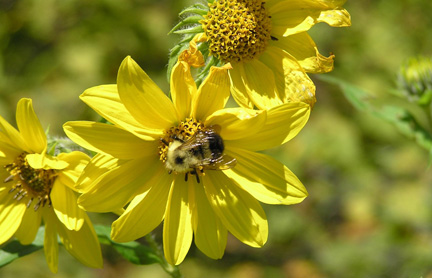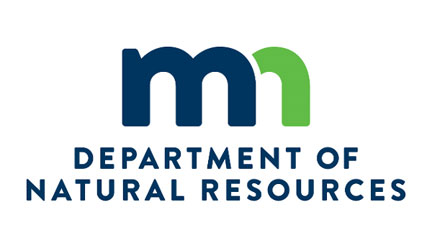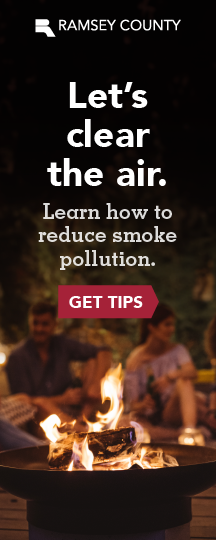The Buzz On Bees: How To Help Minnesota’s Busy Pollinators Recover
By Deborah Locke, Department of Natural Resources Information Officer
When you sit down to your next meal, notice the fruits and vegetables on the table and think of Minnesota’s many bee species. Yes, bees!
Without them and their ability to pollinate, more than a third of the world’s crops would not grow and 90 percent of flowering plant species would not grow.
Right now honey bees are stressed because of pesticide overuse, diseases and parasites. Fewer bees means less honey which explains the jump in honey prices at the supermarket.
You can make a difference, by growing nectar-abundant plants from April through September at home (tomatoes, clovers) and provide nesting habitats to help bees recover and thrive. See the University of Minnesota “Bee Lab” website (www.beelab.umn.edu) or see “Minnesota’s Pollinators” on the Department of Natural Resources website: mndnr.gov/pollinators.
Most bees build nests on the ground, said Linda Radimecky, an interpretive naturalist at Afton State Park near Hastings. The park, perhaps best known for its proximity to the St. Croix River, also features abundant prairie land. Radimecky has seen bees burrow into their ground nests at the park. Prairie land provides a great food source to bees because various plants bloom in tandem during the growing season. Cone flowers, grasses and other plants cover the fields whereas a corn field or sunflower field produces only one plant and grows once and is harvested.
“When you’re out walking and see bees, observe them,” Radimecky said. “There’s a lot we could learn from them and about them.” For example, which bee species, Minnesota has more than 400 bee species, prefer certain flowers and which are generalists? Also, do bees collect nectar randomly throughout daytime hours or in shifts?
A walk through any state park this summer might satisfy your curiosity about bee behavior, or you could create bee-friendly flower beds or gardens at home. A “Parks for Monarchs” program is restoring 520 acres of habitat for monarch butterflies, bees and other native pollinators at seven state parks. Late in 2019, these designated bee and butterfly areas will be on display, as well as exhibits showing the importance of pollinators and how to help support them.
The habitats with interpretive exhibits will be located at Afton, Buffalo River, Fort Snelling, Flandrau, Lake Carlos, Minneopa, Myre-Big Island, Whitewater, Wild River and William O’Brien state parks.










